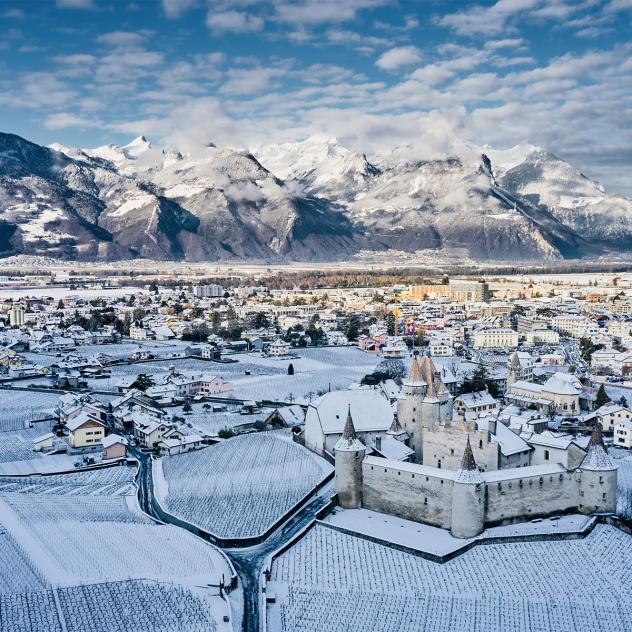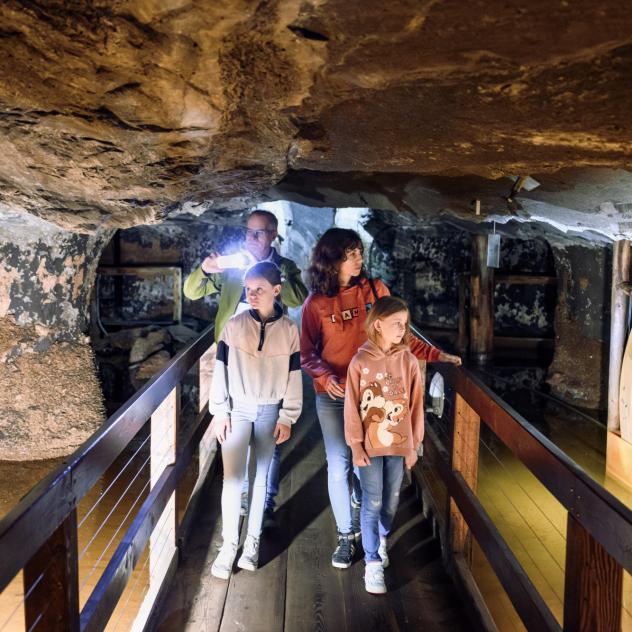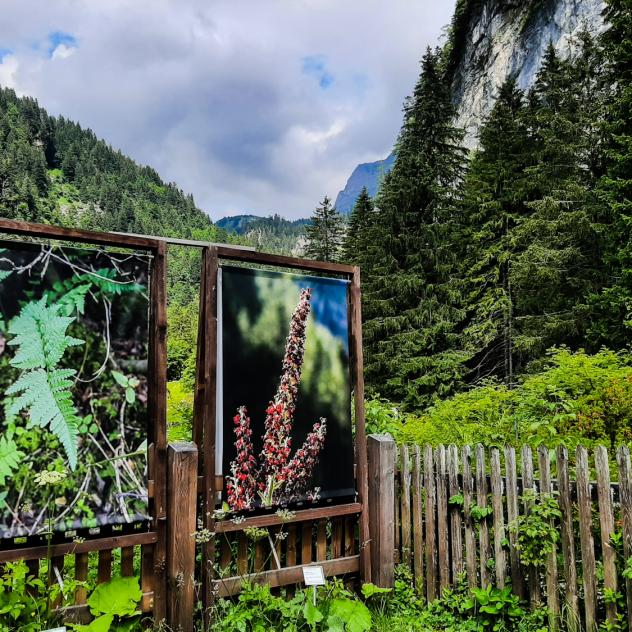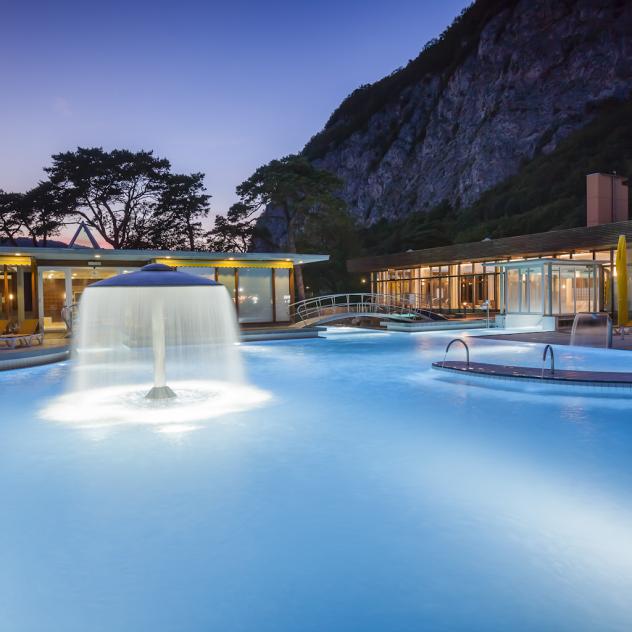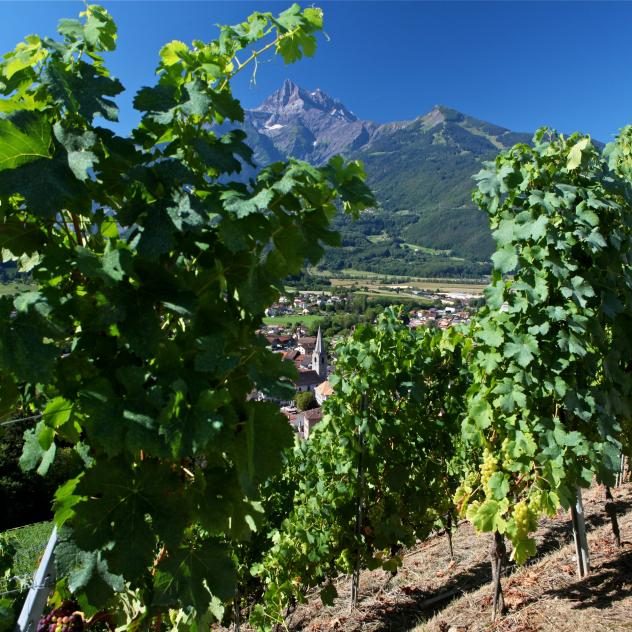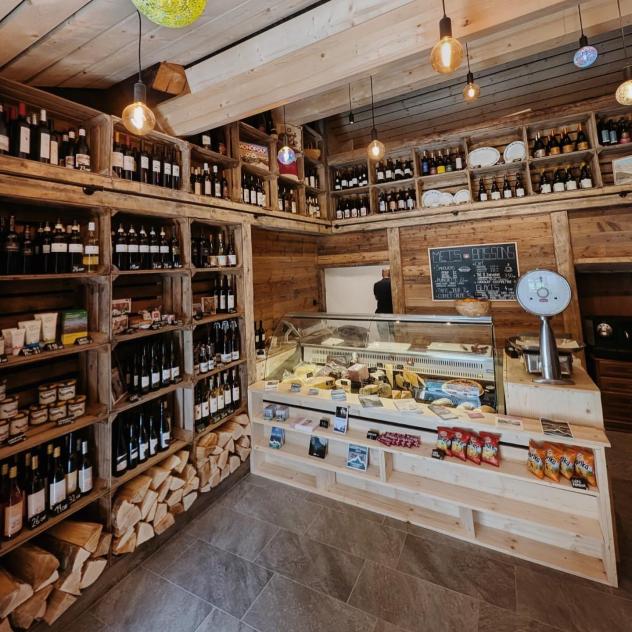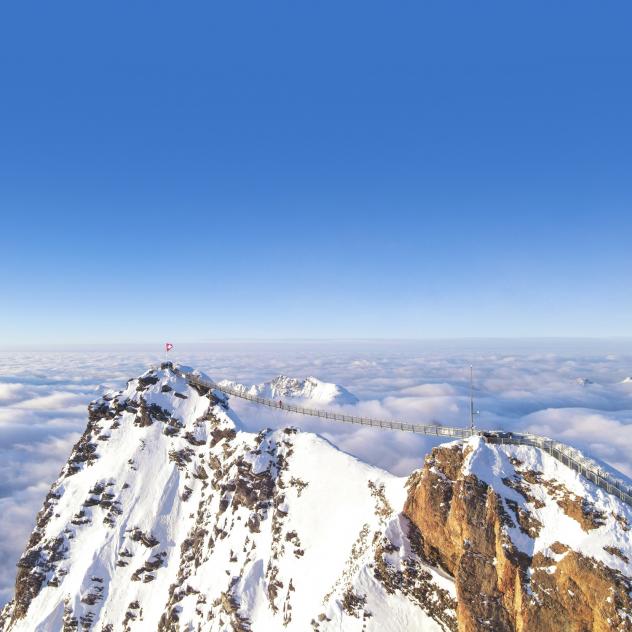
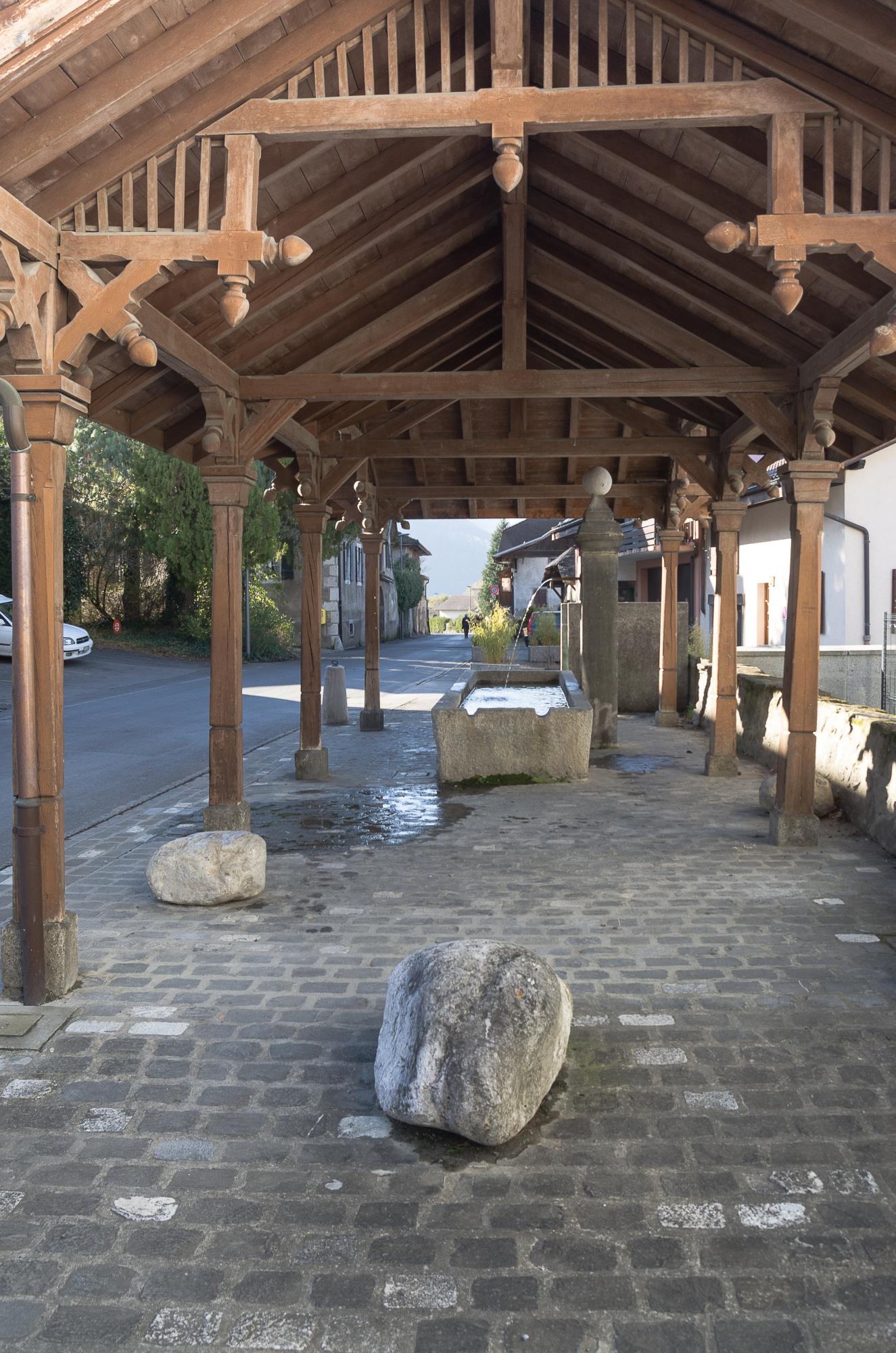
Overview
This fountain with a single basin of beautiful dimensions (4.60 m/1.35 m) is protected by a magnificent wooden cover from 1908-1909, built to the plans of the architect E. Borel in a style similar to "fir", very fashionable at the time. Borel in a style similar to "fir", very fashionable at the time. The construction was carried out by Edouard Cherix Schleicher. The current pool is made of gneiss and dates from 1870. It replaces an earlier construction (1808). The goat is made of black "marble" from Saint-Triphon. Several accidents over the years (1929, 1979, 1994) damaged the basin and the cover, which were restored several times.
A source of life for people and animals, essential for washing, watering, inflating barrels and putting out fires, fountains have flourished throughout the centuries. In the commune of Bex, most of them date from the 19th and early 20th centuries. The oldest ones are mostly made of black "marble" from Saint-Triphon, a limestone with special properties. From the second half of the 19th century, the trend was towards gneiss, a stone found in the Rhône valley in the form of erratic blocks. These were exploited en masse, particularly due to the arrival of Italian workers who came to reinforce the construction of the railway and who had the skills and tools to work it.
The basin of the Allex fountain was the subject of several estimates, summarised in the municipal archives on 1 November 1870, which mainly contrast these two materials. Of the three estimates provided, that of a certain Breganty of Monthey won out with a granite basin; he was less expensive than his competitors who proposed "marble" from St-Triphon. This remark can be applied to other basins in the commune.
Beyond the anecdote, the accepted project is representative of an important change in the choice of stone. Competition from granite will soon put an end to the exploitation of the "Fontenailles" quarry in Saint-Triphon.
As with all fountains, the municipal archives contain numerous interventions from inhabitants complaining about the misuse or unauthorised use of the fountain. Water is a precious commodity that should not be "stolen".
In 1994, a lorry damaged the fountain and the cover, which led the municipality to want to demolish the whole thing. The municipality was called to order by the Vaud State Council, as the fountains have been protected monuments in the canton of Vaud since 1973; it was then decided to restore the whole.
The current cover replaced a cover which, according to some sources, was the result of a charity. The benefactor was a certain Frédéric Rosselet (1799-1891) of Neuchâtel origin who often stayed in Bex with his wife Marianne née Veillon. The roofing was done at an uncertified date, but in the second half of the 19th century. The aim was to offer protection against the weather to women who came to wash their clothes in the basin. This type of charity is also attested for another fountain in Bex, the one in the Glarey district, sponsored by the Gallet family.
Practical information
For more information :
Communal archives, Bex
M. Septfontaine, Belles et utiles pierres de chez nous, Lausanne, Musée de géologie, 1999.
Location
Getting to Bex
Car parks and transport
Brochures and maps
Practical information
- location_on
Office du Tourisme de Bex
Avenue de la Gare 68
1880 Bex
- phone_in_talk
+41 24 463 30 80
- mail
info@bex-tourisme.ch
Facebook
Instagram

